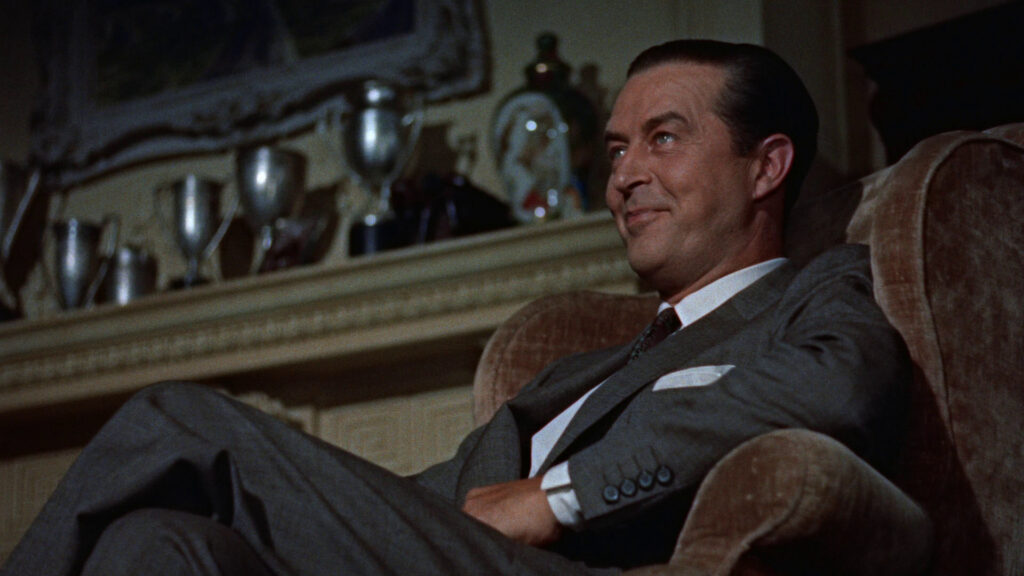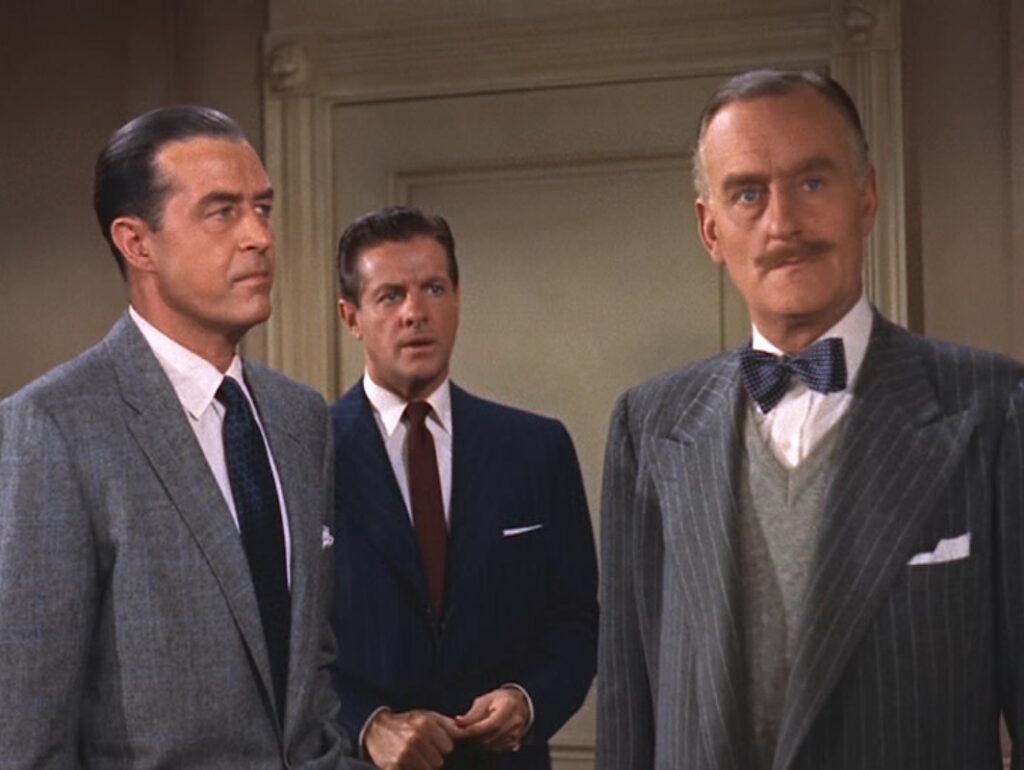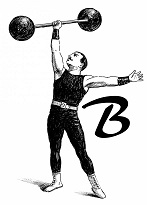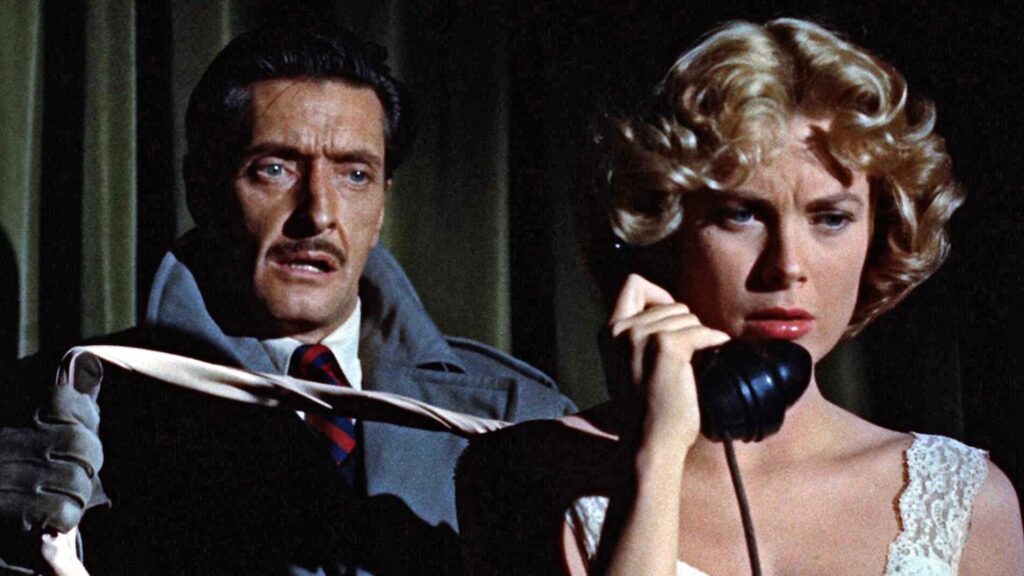My plan to watch all of Alfred Hitchcock’s films is underway. The Master of Suspense is clearly one of cinema’s all-time greats. Three of his movies have already landed in My Top 100.
“Dial M for Murder” was released in 1954. It stars amazing talent, including the beautiful Grace Kelly; a name I know from a Madonna song but had yet to see on screen. Like Hitchcock’s “Rope” the film follows a similar device. How to execute and avoid detection for the perfect murder.
Tony Wendice (Ray Milland) is the central character. He’s a slick talking and seemingly sensitive cuckold. Wendice sets the stage for the ensuing story when he hires an ex-con to murder his adulterous wife. Ray Milland is brilliant in the performance. He delivers every line in such a hypnotic way you won’t dare take your eyes off him. The viewer knows what’s been going on behind Ray’s back. It would be easy to feel sorry for him – until he details an elaborate scheme for revenge. “People Don’t Commit Murder on Credit” he smiles while pouring himself a brandy. Tony Wendice will go down as one of your favorite movie characters.

Grace Kelly plays Tony’s unfaithful wife Margot. She’s a socialite before the Kardashians, and an heiress to a limitless fortune. Opposite Margot is her secret lover, Mark Halliday (Robert Cummings) a crime fiction writer. These three central characters are key to the production, and all are amazing to watch with their roles. John Williams and Anthony Dawson complete the cast as assassin and detective respectively.
Telling a story that focuses on dialogue and exposition isn’t the easiest thing to do. Hitchcock uses subtleties to advance the story; one so simple the majority is filmed in a single living room. He’s a master of making much out of limited resources and only a handful of characters. His framing and off centered camera angles add to the mystique of his pioneering ways. I’m not sure a murder mystery that’s stricken to a single room would succeed today. The directing itself makes a simple story and 105 minute length look and feel flawless.

“Dial M for Murder” is far from perfect. The third act comes off as contrived. There can be a certain suspension of belief employed with any fiction story. Here, you’ll be frowning at the concept that any of what’s happening is plausible. Unlike “Rope” the characters handle their fate with a suspicious ease. That its genesis is a stage play written by English playwright Frederick Knott can safely explain some of the over-the-top shenanigans.
Realism aside, what I hated the most was the score. We know older moves have a tendency to place bizarre and mood-killing music throughout. I expect a suspense thriller from Alfred Hitchcock to be a bit more restrictive. This score by Dimitri Tiomkin is so woeful, it literally ruins any and all suspenseful moments. It’s not something that can be forgiven.
“Dial M for Murder” is a very good movie. It flows effortlessly and is fun to watch. It’s not one of Hitchcock’s best works, but will still entertain your senses.


